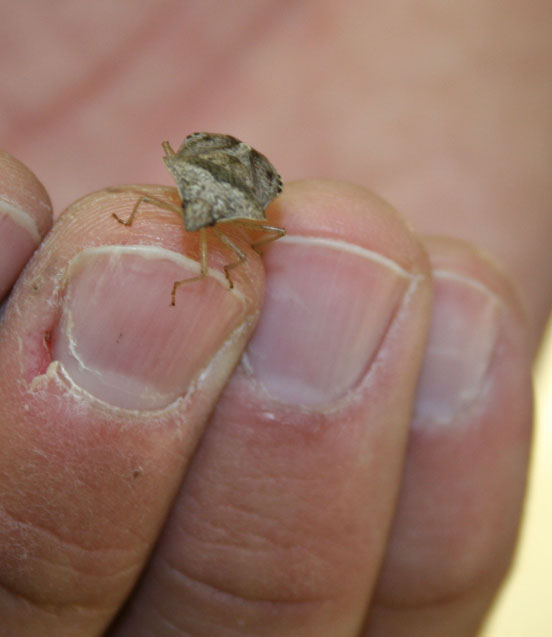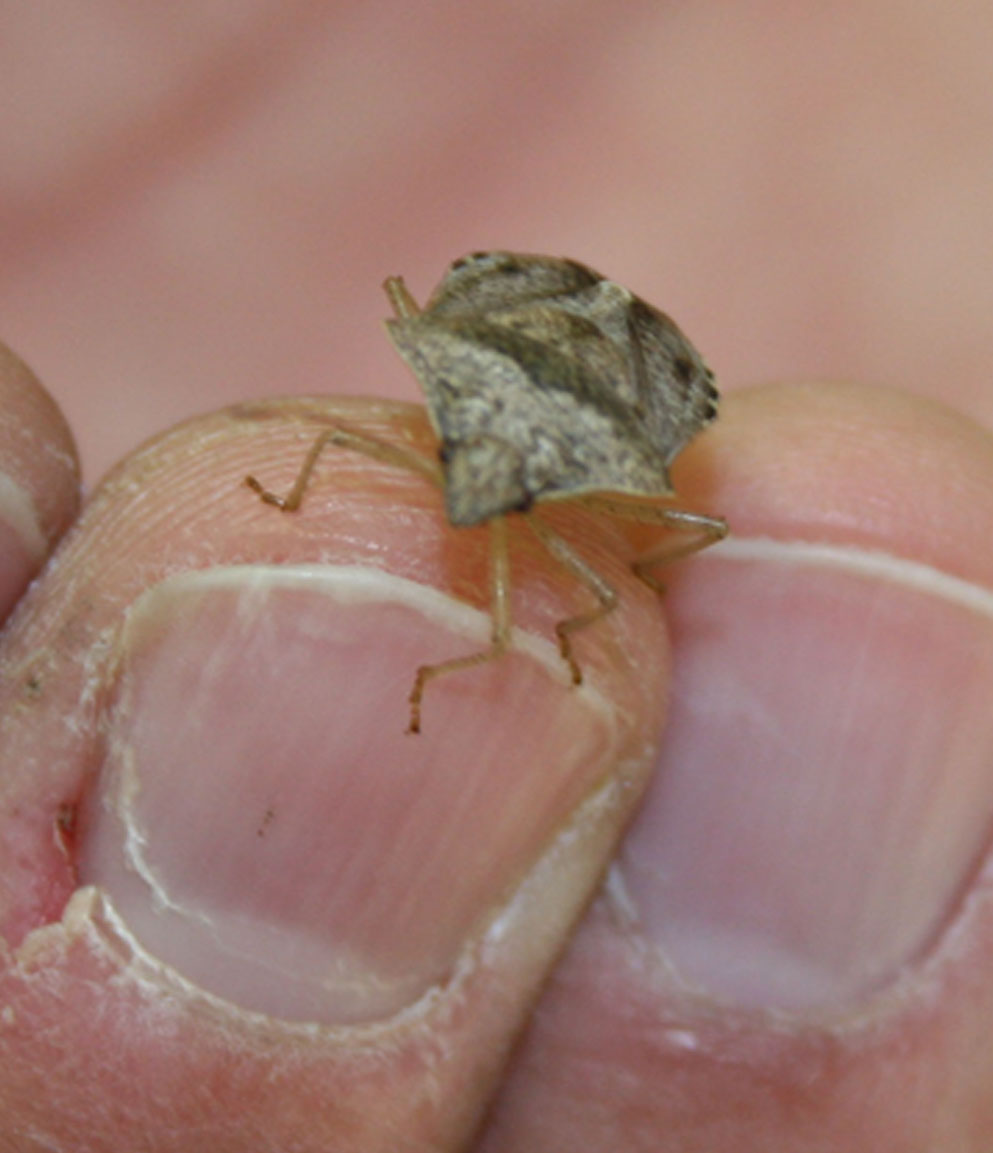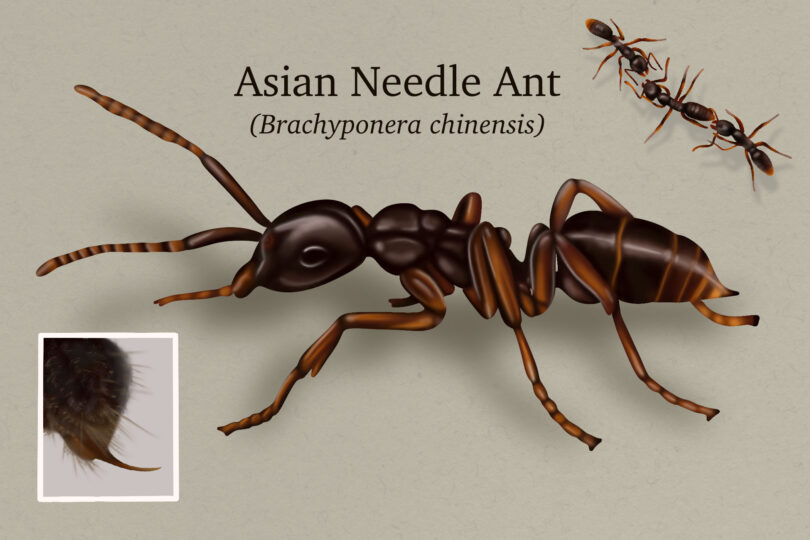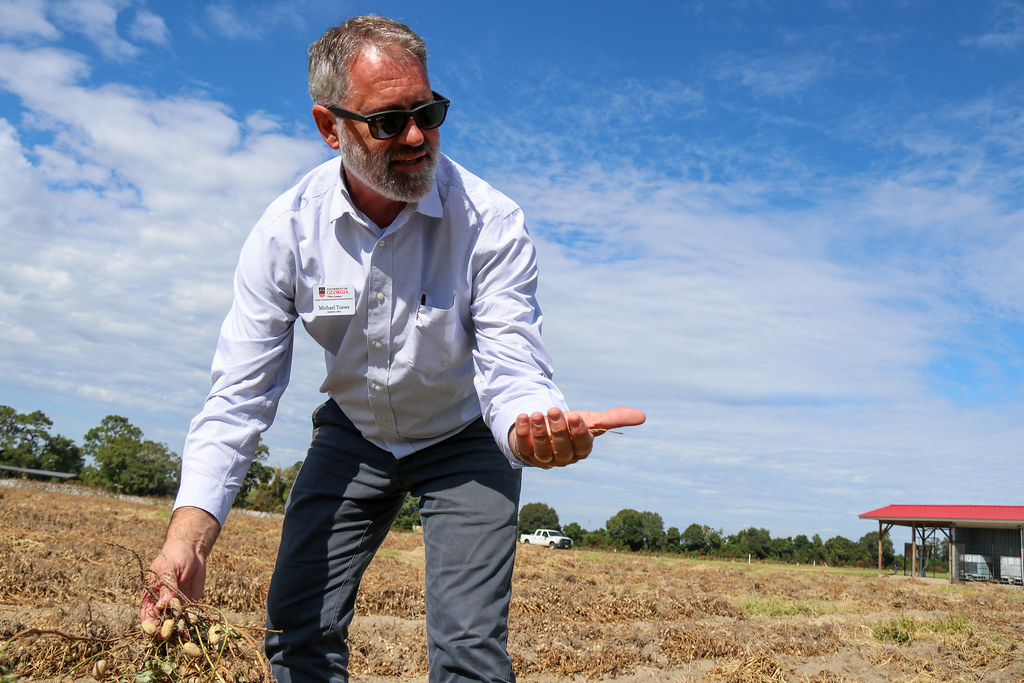With fall comes a number of seasonally emerging insects across the state. Some are beneficial, some are beautiful and some of these insects may come in numbers large enough to become pests. Before reaching for pesticides, consider whether the insect is actually causing damage.
Fungi, bacteria and viruses that cause plant injury are also pests. In agricultural production, weeds cause more crop and economic loss than any other pest. A “pest” is defined by the amount of damage and economic loss caused by said critter.
A deer browsing in the woods isn’t a pest. A deer munching on $30 hostas in a home landscape, night after night, is. A yellowstriped oakworm chewing leaves on an oak tree is bird food, but thousands of them defoliating trees make them pests.
Not every pest needs to be controlled. For instance, sooty blotch and flyspeck reduce the visual appeal of apples, but they don’t reduce the quality of the fruit. Gall mites make leaves look odd, but they rarely affect plant health.
Unwanted insects in the garden may actually draw birds and beneficial insects that will be delighted to control pests for you.
So what’s the tipping point between insect presence and pest pressure? Although some people would like to eliminate the entire pest population, that’s not a likely outcome of pest control. With the exception of invasive species, eradication generally isn’t a desirable outcome, either. Each organism has its place in a balanced ecosystem, and history shows that human interference can cause lasting damage to animal, bird and insect populations.
A more realistic approach is to decide on a tolerable level of damage or imperfection and then to take measures to keep pest damage below that threshold. Achieving that goal requires a variety of actions including prevention, monitoring and various methods of pest control. This approach is known as integrated pest management (IPM).
IPM is an ongoing pest control strategy that begins with preventive measures — actions taken before a problem appears that should reduce the chance of a problem developing. Examples include sealing cracks around doors and windows to keep insects out and installing screens to keep squirrels, bats and birds from entering attics. In the garden and landscape, selecting disease-resistant varieties of plants, testing and amending soil to meet plant needs, and locating plants where they receive the correct amount of light and water are all preventive measures.
Monitoring is another important aspect of IPM. Scout your plants and note what doesn’t look right. Identify and address problems when they begin to prevent irreversible damage and plant loss.
To control pests, you must first identify the pest. Control measures include changing cultural or environmental conditions that favor disease development, such as overhead watering, plant crowding and excess fertilizer. Encourage pest predators for natural, biological controls. Remove diseased plant material and keep the area free of weeds and debris, so pests don’t have a place to hide.
With IPM, chemical control is the last resort. Pests won’t stay away if the conditions that attracted them still exist.
For more information about IPM or home garden and lawn pests, view University of Georgia Extension publications at extension.uga.edu/publications.









